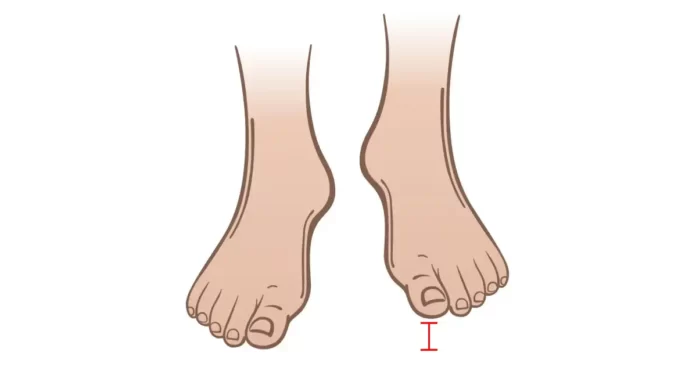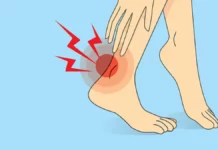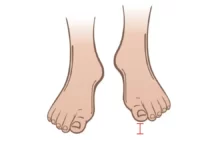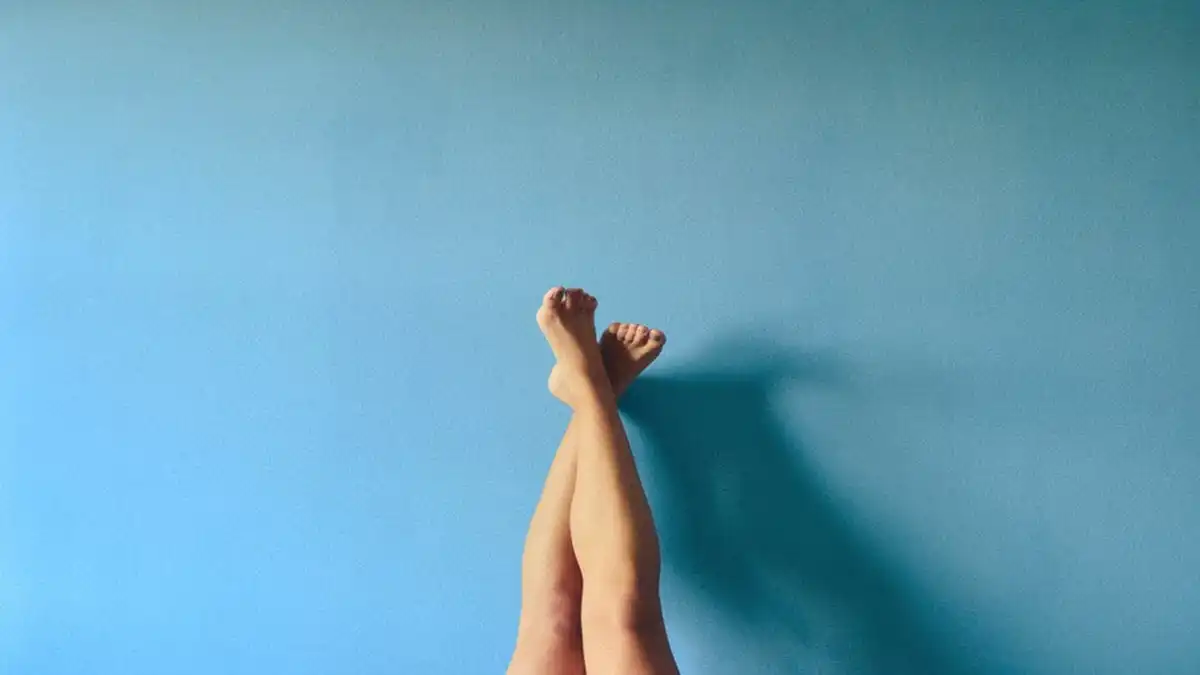More than 50% of people have a slight difference in the length of their legs. These slight variations do not usually cause problems. However, for the small percentage of people with a leg length difference greater than 2 cm, the length difference can affect their well-being and quality of life.
Causes
- Fracture
- A fracture of the femur or tibia/peroneal bone can cause a difference in leg length
- Shorter
- Fracture in several pieces
- A child’s fracture through the growth plate near the end of the bone can slow growth, resulting in a shorter leg.
- Longer
- A leg fracture in children will sometimes lead to the leg accelerating its normal growth.
- Causing it to become longer than the bone on the opposite side.
- Shorter
- A fracture of the femur or tibia/peroneal bone can cause a difference in leg length
- Bone infection
- Occur in growing children can lead to a significant limb length discrepancy.
- Bone diseases (dysplasia)
- Some bone diseases can cause a difference in limb length, including
- Neurofibromatosis
- Multiple hereditary exostoses
- Some bone diseases can cause a difference in limb length, including
- Neurological conditions
- Conditions that cause joint inflammation during growth, such as juvenile arthritis
- Legg-Calve-Perthes disease
- Cancer or neoplastic changes
- Soft tissue shortening
- Ligament laxity
- Axial misalignments
- Foot biomechanics (such as excessive ankle pronation)
Symptoms
- The effects of limb length discrepancy vary from patient to patient.
- Patients who have differences of about 4 cm may limp or have other difficulties walking.
Role on gait posture
- A compensatory effect may occur to facilitate gait
- The patient will try to adopt a certain joint position in an attempt to facilitate standing or walking.
- Here is a list of some of these joint positions:
| Long leg | Short leg | |
| Foot | Pronation | Supination |
| Ankle | Dorsal Flexion | Plantar Flexion |
| Hip | Flexion, Internal Rotation | Extension, External Rotation |
| Pelvis | Posterior rotation | Anterior rotation |
Adverse musculoskeletal factors
- Low back pain
- The scientific literature suggests that a shorter leg will affect the lumbar curve by creating a lumbar scoliosis.
- Leads to a:
- Pelvic obliquity in the frontal plane (1).
- Lumbosacral facet joint angles appear smaller on the short side
- Hip pain
- A longer leg can be a predisposing factor for hip osteoarthritis.
- As length increases, the contact area/weight of the femoral head decreases.
- Combined with increased hip abductor tone caused by an extended distance between origin and insertion and increased GRF puts the longer leg at risk.
- A longer leg can be a predisposing factor for hip osteoarthritis.
- Stress Fractures
- A greater incidence of stress fractures in the tibia, metatarsals, and femur of the longer leg seems consistent with the greater forces emitted through the longer leg described under hip pain.
Therapeutic approach
- Muscle stretch
- Lumbar, lumbosacral and pelvic mobilization
- Aquafit
- Plantar support
- Heel lift


























